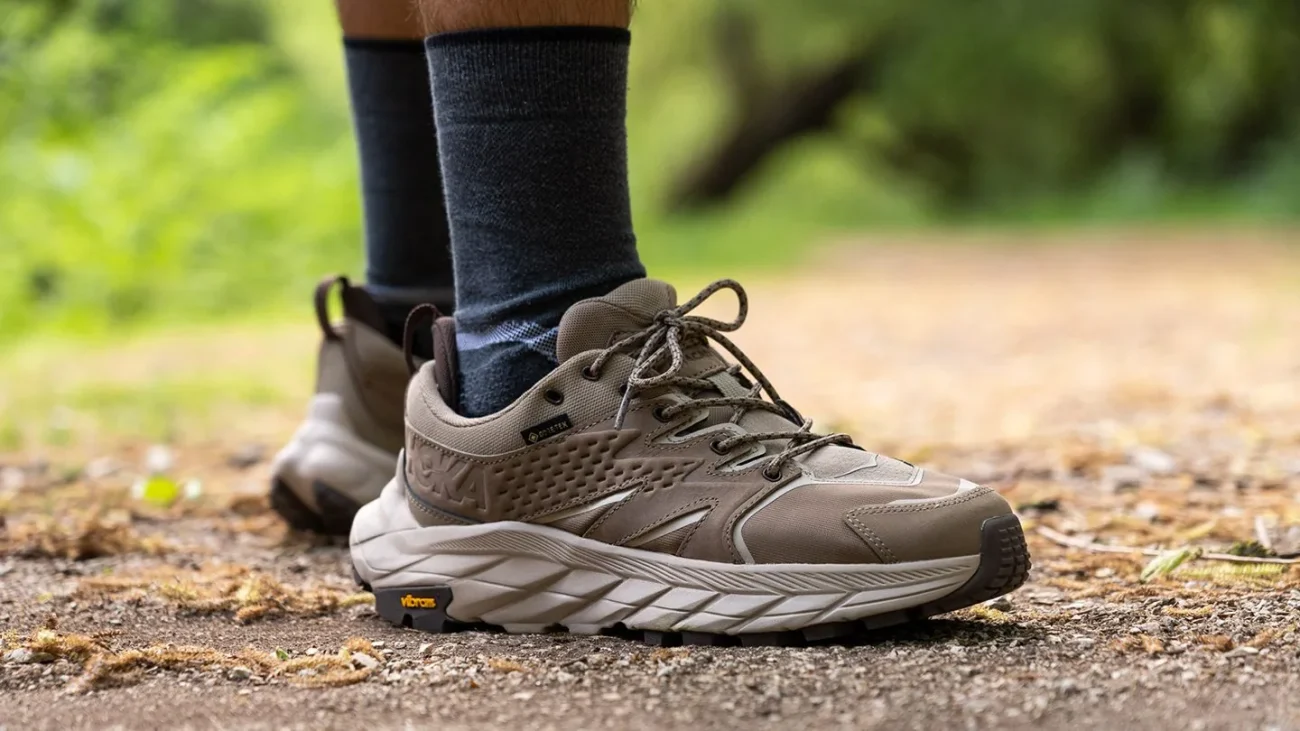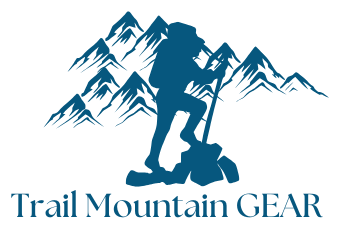Blog
A trekking Shoes is best done while donning rugged and cozy trekking shoes that offer an excellent grip on varying terrains. The trekking shoes should have a fairly sturdy sole with deep grooves for traction, be made of a waterproof or water-resistant material that can take on wet conditions, and most certainly breathable so that they keep the feet dry within no time. High-ankle boots are excellent in rocky or uneven trails as they provide much-needed ankle support and also prevent injuries. Weight-wise, lighter trekking shoes are fine for shorter and moderate treks. More weight and hard build are inches for longer and more arduous expeditions. Always choose a good pair of trekking shoes that offer good cushioning and suit the terrain and weather conditions of your trekking destination.
Which is better for trekking – shoes or boots?
The choice of footwear for trekking varies with terrain, duration of the trek, and comfort of the wearer. The characteristics of trekking boots are: high ankle support, high stability, and high protection, hence they are great for rough trails, heavy loads, or multi-day trekking. Also, they would be best for temperatures and wetness. Trekking shoes, conversely, promote lightness and flexibilization and would be best for shorter or moderate treks on more defined paths. The faster pace tends to tire-out the average trekker on easy trails. In the end, one’s criteria for ankle support and durability will determine the ideal choice for the terrain and weather.
Also Visit our Ctr Trekking Gear
What type of shoes are best for monsoon treks?
Waterproof shoes or quick-drying shoes with good grip are suitable for monsoon treks, where the trails get really slippery. Look for trekking shoes made of breathable yet water-resistant materials so that your feet stay dry but have proper ventilation. Deep and multi-directional lugs will provide ample grip on wet rocks and muddy paths. Lightweight shoes reduce fatigue, while sturdy shoes can withstand rough conditions. Leather shoes take too long to dry and should therefore be avoided. Go for something synthetic or mesh with waterproof membranes. Good cushioning and an excellent fit shouldn’t be overly tight since those will keep your feet safe and comfortable during the trek.

What are the best budget trekking shoes?
Good budget trekking shoes need to be durable yet remain comfortable and gripping without burning through your bank. Choose lightweight synthetic or mesh-based shoe types as they promote ample air circulation within, are quite easy on the pocket compared to leather. Having bought them, be sure that the trekking shoes worth every penny must have a firmer sole, able to grip harsh surfaces with traction; a bit of water resistance; and padding, to provide comfort to the wearer. Brands like Wildcraft, Quechua (Decathlon), and Campus Trekking offer some tried-and-tested choices for beginners and casual trekkers throughout India. Advanced features may not come with the lower-end shoes, but a good choice can provide serviceability across easier to moderate trails.
How to choose the right trekking shoes for beginners?
For novices, good trekking shoes are all about comfort and fit. The shoes should be well cushioned, fit snugly, and have enough space till the toes to prevent blisters. Lightweight trekking shoes are best for easy to moderate trails, while high-ankle boots dominate in terms of support on bumpy terrain. Use materials that promote breathability yet resist water to keep feet nice and dry. The soles should be tough and have very deep treads to provide a firm grip on the surfaces. Stiff and heavy shoes are repellents; they only make the feet tired. Never buy the shoes without trying them first and practice some short walking to break them in ahead of your maiden trekking trip.


